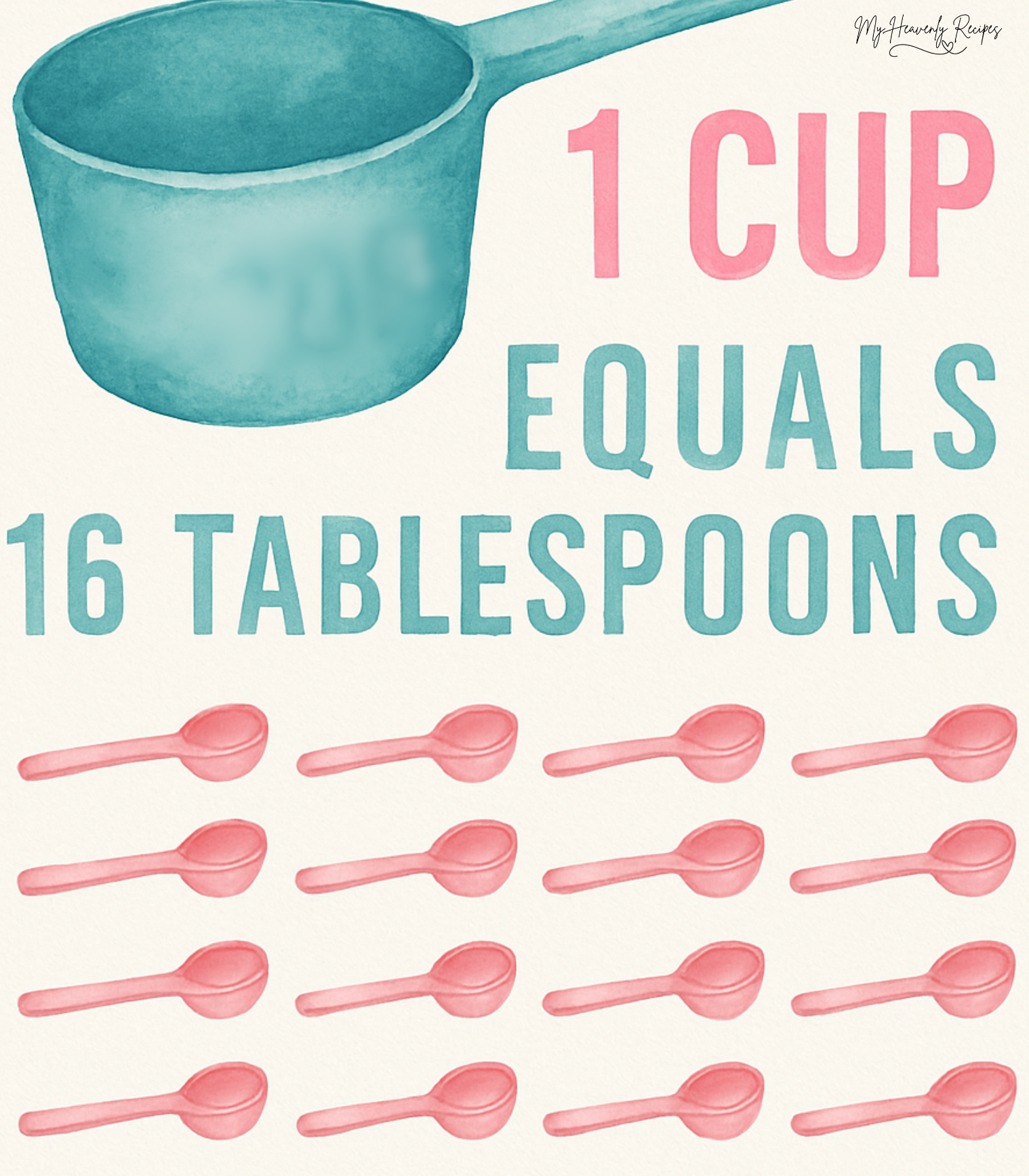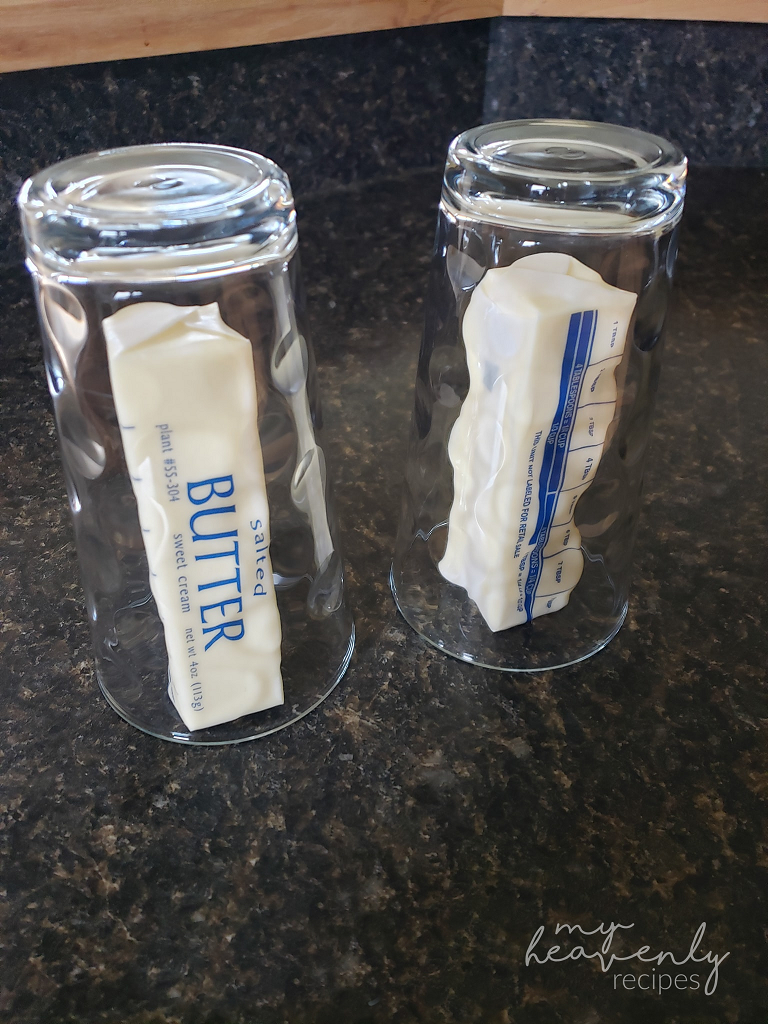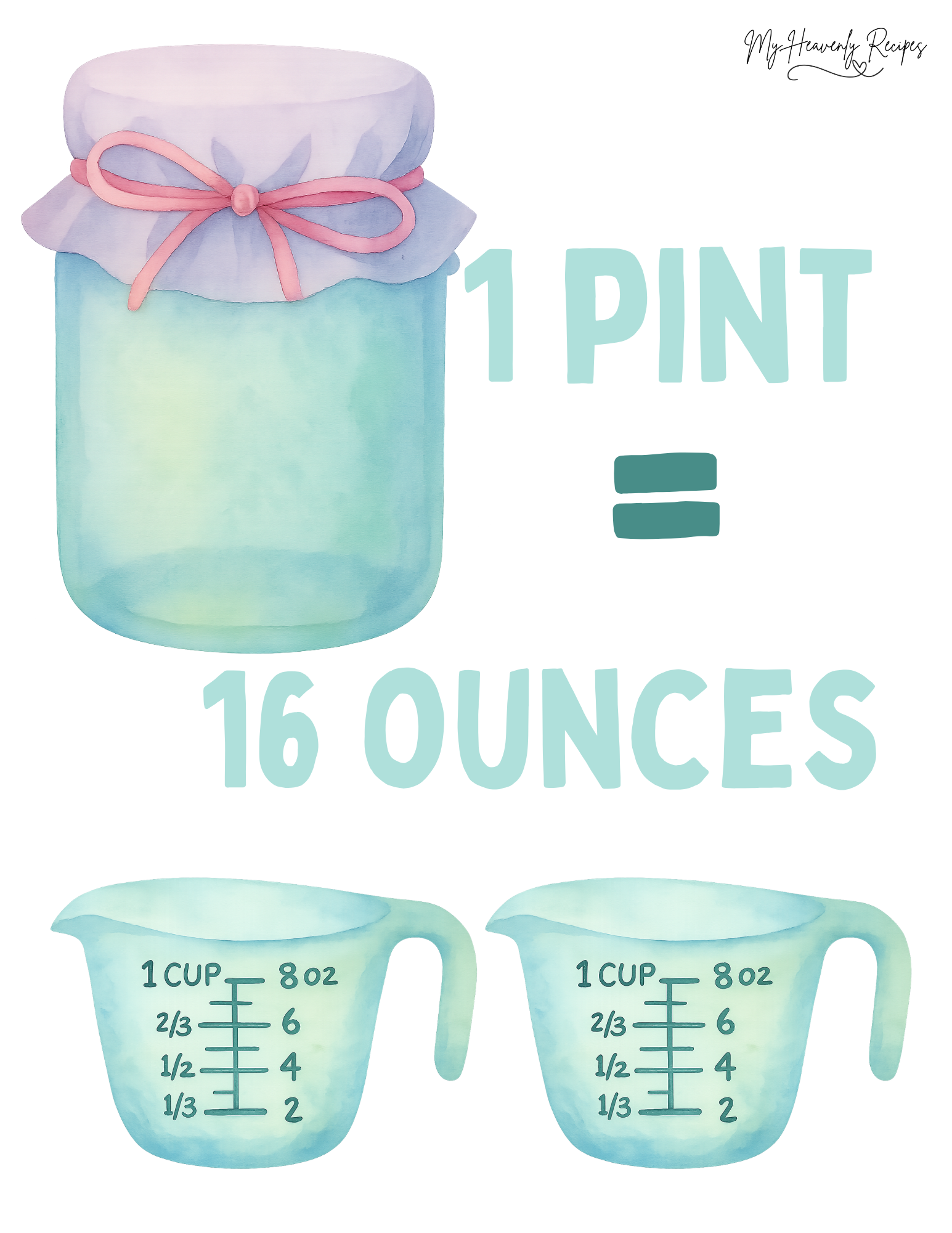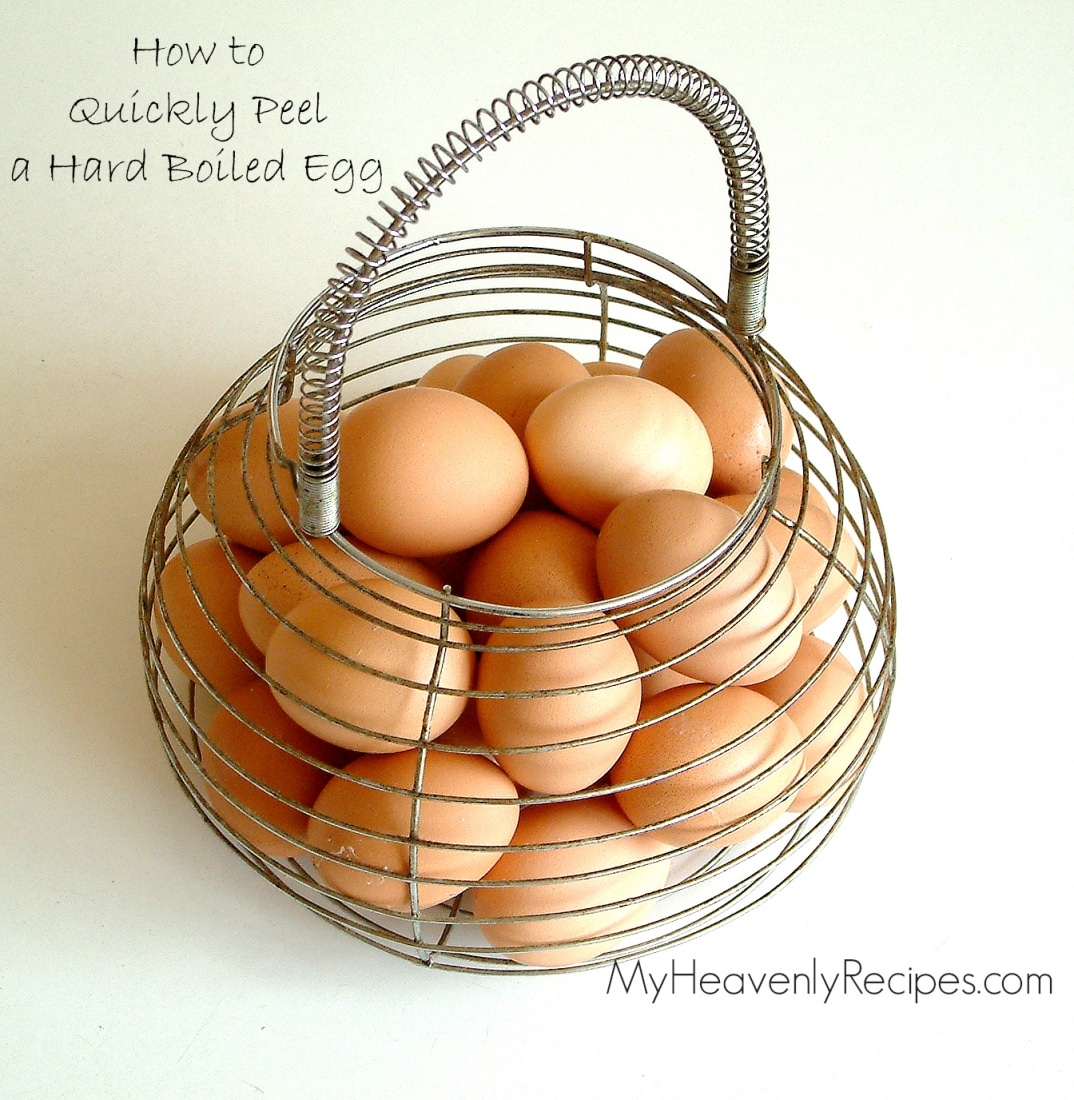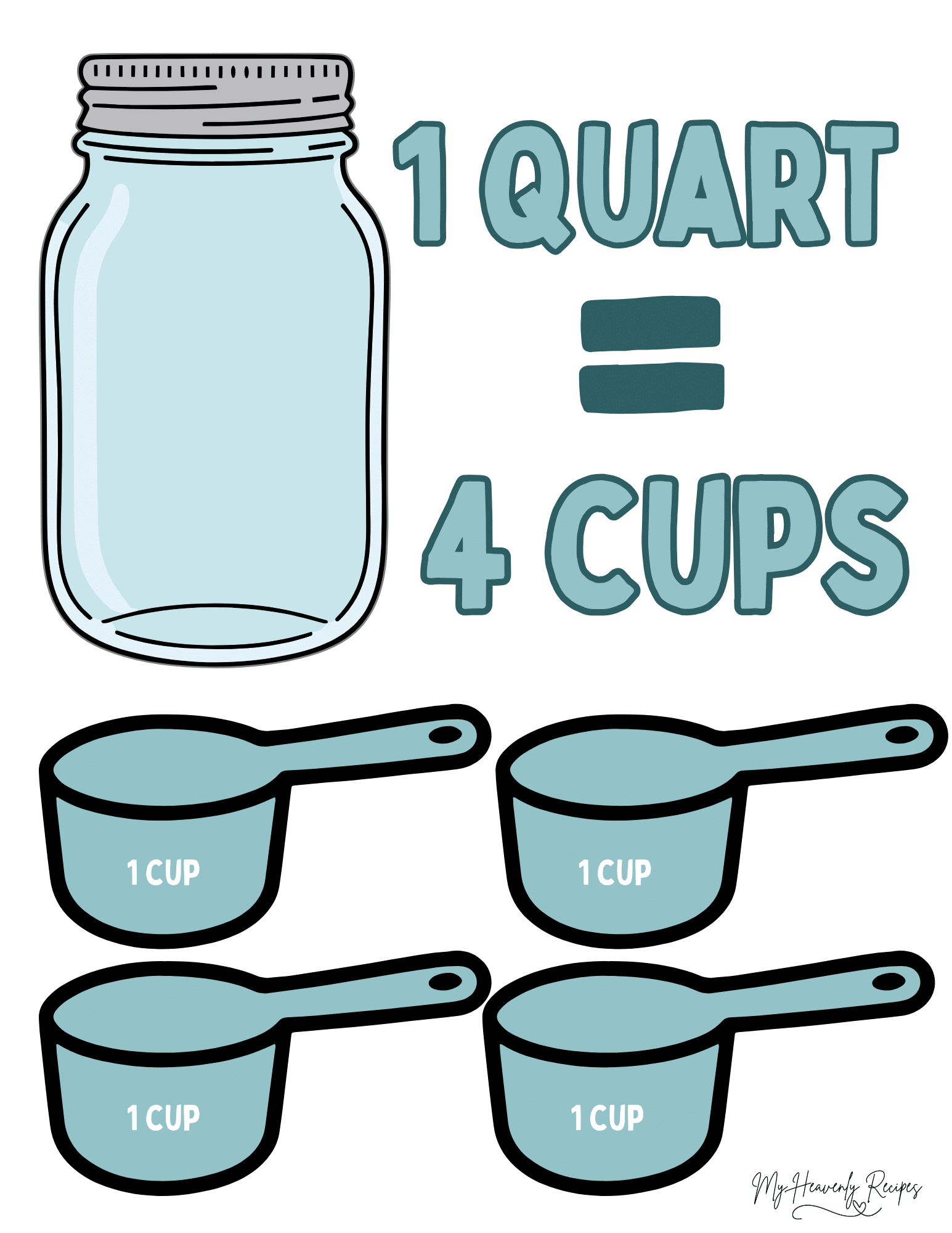How to Convert 220 Celsius to Fahrenheit
How to Convert 220°C to Fahrenheit (Without Overthinking It)
Let’s face it—Celsius and Fahrenheit conversions can feel a little annoying, especially when you’re mid-recipe and your oven only shows one or the other. If you’ve ever come across a temperature like 220°C, you’re probably asking:
“Okay, cool… but what’s that in Fahrenheit?”
No need to guess or Google it every time. Let’s walk through the simple conversion, explain why it matters, and give you a few easy tools to remember it for next time.
Quick Answer:
220°C = 428°F
That’s the number you’re looking for. But let’s also explain how we got that and why it’s a helpful temp to remember—especially for home cooks and bakers.
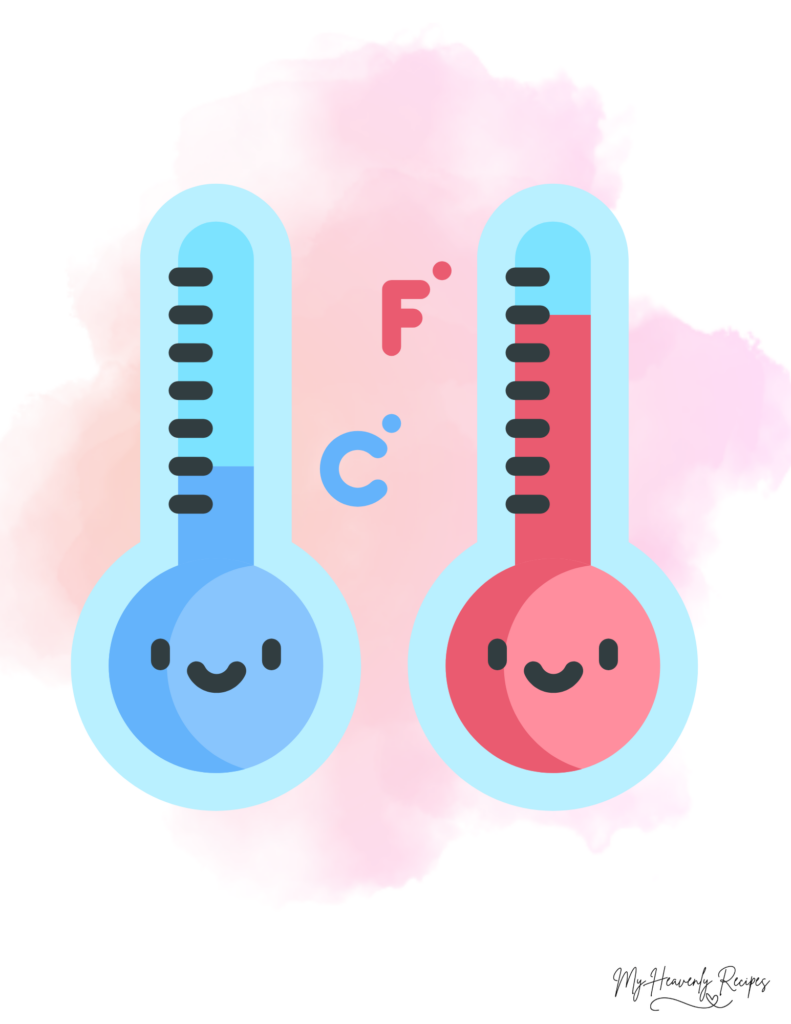
The Basic Formula (Don’t Worry, It’s Easy)
If you ever want to convert Celsius to Fahrenheit manually, just use this classic formula:
°F = (°C × 9/5) + 32
Let’s plug in 220:
°F = (220 × 9/5) + 32
°F = (396) + 32
°F = 428°F
So yep—220°C is equal to 428°F
Now your oven is set correctly and your food won’t end up undercooked or burnt!
Why 220°C Is a Common Temperature
If you’re following a recipe from Europe, Australia, or anywhere that uses the metric system, 220°C is a popular oven temperature—especially for roasting and high-heat baking.
Here’s what 220°C is often used for:
- Roasting vegetables
- Baking bread (hello, crusty loaf!)
- Pizza (especially with a crispy base)
- Roasting chicken or meat for a golden finish
In Fahrenheit, 428°F is considered a very hot oven—so make sure your pans are ready for it.
Oven Temperature Conversion Chart
Here’s a handy chart to keep nearby while you’re cooking:
| Celsius (°C) | Fahrenheit (°F) | Oven Setting |
|---|---|---|
| 100°C | 212°F | Very Low (Slow Cooking) |
| 150°C | 302°F | Low |
| 160°C | 320°F | Moderate |
| 180°C | 356°F | Moderate-Hot |
| 200°C | 392°F | Hot |
| 220°C | 428°F | Very Hot |
| 240°C | 464°F | Extremely Hot |
Stick this on your fridge or inside a cabinet—you’ll use it more than you think!
A Quick Mental Trick (Approx.)
Don’t feel like doing math every time? Here’s a rough shortcut:
Double the Celsius temp and add 30
Let’s try it with 220°C:
220 × 2 = 440
440 - 12 (adjustment for overestimate) ≈ 428°F
It’s not perfect, but it’s close enough in most kitchen situations.
Real-Life Cooking Example
Let’s say you’re making:
“Roasted garlic potatoes – bake at 220°C for 40 minutes.”
If you accidentally set your oven to 220°F, you’ll be waiting a long time… and probably eating undercooked potatoes. Instead, you want to set it to 428°F—that way, they come out golden, crispy, and delicious.

